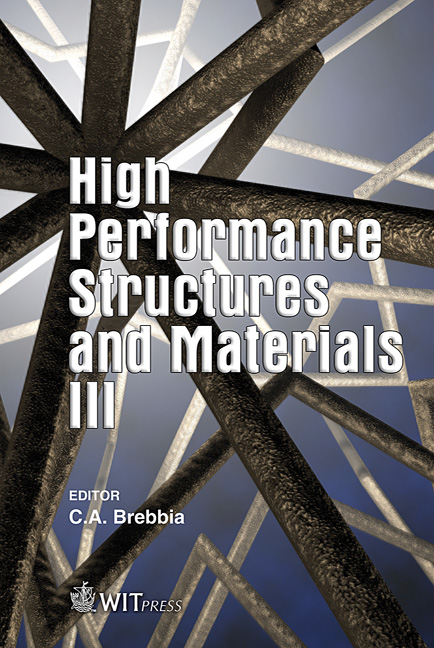Optimization Of Timber Trusses Considering Joint Flexibility
Price
Free (open access)
Transaction
Volume
85
Pages
9
Published
2006
Size
365 kb
Paper DOI
10.2495/HPSM060601
Copyright
WIT Press
Author(s)
S. Šilih, M. Premrov & S. Kravanja
Abstract
This paper presents the optimization of metal-plate-connected plane timber trusses with special emphasis on joint flexibility. The optimization is performed by the non-linear programming approach. Since various truss design parameters such as type of truss configuration, span/depth ratio, number and type of diagonal and vertical members and type of joint connections simultaneously affect each other, all of these parameters are proposed to be considered simultaneously in a single mathematical model. The optimization model for cost optimization of timber trusses was thus developed. The economic objective function was defined to minimize the structure’s self-manufacturing costs, subjected to the design, stress and deflection (in)equality constraints. The finite element equations were as the equality constraints defined for the calculation of the internal forces and the deflections of the structure. The stiffness matrix of the structure was composed by considering the fictiously decreased cross-section areas of all the flexible connected elements. Constraints for the dimensioning of the timber members were determined in accordance with Eurocode 5 in order to satisfy the requirements of both the ultimate and the serviceability limit states. The cross-section dimensions and the number of fasteners were defined as independent optimization variables. A numerical example demonstrates the applicability of the presented approach. 1 Introduction Timber construction is an important part of the infrastructure in a number of areas around the world. Wood has proved to be quite a resilient material, showing relatively high ductility and low density. In addition, the flexibility of mechanical fasteners provides a high damping capacity between the connected
Keywords





